Since mid-March the Rathmines auction house Herman & Wilkinson has been closed for its weekly auctions, due to the Covid-19 crisis. The company – previously known as McMullen’s – has been running weekly on-site household clearance sales since 1928 but, for now, bidding and buying is happening in a virtual auction room, according to Ross O’Sullivan.
O’Sullivan, who joined Herman & Wilkinson in 2016 had been slowly tipping away to modernise the house. “We have gone from having no catalogues or online presence to developing our own online platform in the past year.”
Fortunately this was ready for the lockdown, and now allows the company to sell online.
While the house has ceased its weekly house clearance sales, it is continuing with fine art auctions – normally held every six weeks – in an online only platform.
The current sales include art and small occasional furniture with larger pieces held aside until the house fully reopens after the lockdown. There is value to be had in smaller tables and mirrors which O’Sullivan says will sell in the region of €60-€80.
For the three forthcoming auctions which will be held over the course of the next month, the company will post out purchases in lieu of collections.
There is a €9 charge for smaller items that can fit in an A4 envelope, a €15 fee for “a box that a man can carry – so a few items can fit inside”, and larger pieces such as small occasional tables incur a €25 delivery fee.
While people are still buying – albeit online – the company has had to change the way it operates for new items consigned for sale.
“It is a completely new world for us as we have no physical interaction with sellers. For example, if a painting is now submitted for sale, it will now go directly from the seller to the buyer without us ever having touched it.” The company will arrange for the item to be collected, packed and shipped from the seller and delivered directly to the purchaser.
So how does the company ensure that a work is authentic, given that physical inspections are off the cards?
“We need to take more precautions, especially with what the industry terms ‘at-risk’ art works. Normally you see the piece in person and can inspect the frame, medium and establish the provenance.”
He cites a recently submitted painting by artist Markey Robinson: “His works are renowned for reproductions so they are really ‘at-risk’ pieces, however by assessing the painting over an online video call we could inspect it, and with further investigation we found the painting had been purchased from the Oriel Gallery [it had no gallery sticker at the back] so we knew the painting was genuine.”
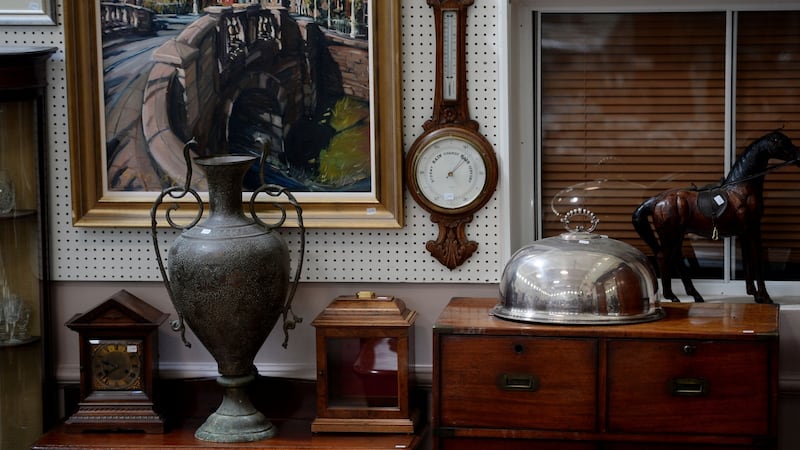
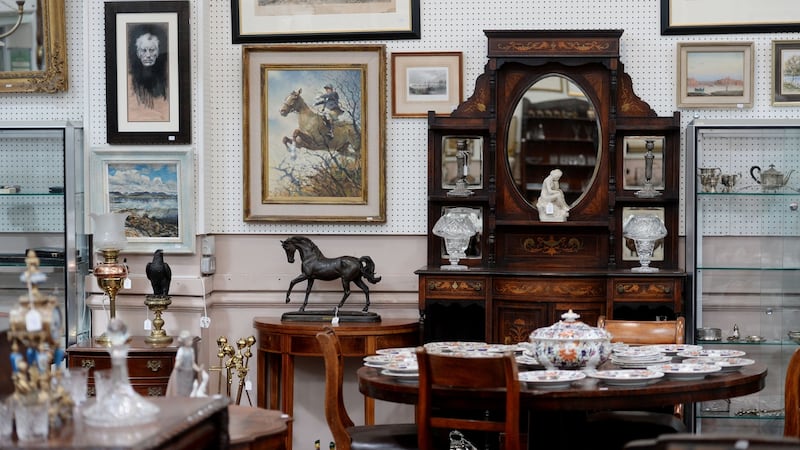
What is unique to the house though, is the lack of online estimates for lots, which normally give buyers an indication to the price a piece is expected to achieve. "David Herman [the managing director] still wants people to engage with us as they have done in the past, so we are at the end of the phone or email for customers to discuss prices and provenance."
The company has three fine art sales in the pipeline. The first, with 152 lots is currently running and will end this Monday, May 11th, the second sale runs from May 18th-25th, and the third from June 1st-8th.
The current auction has more than 15 lots of Waterford Crystal: "I was shocked when I saw the number of pieces of Waterford Crystal in our house clearances. It seems that every Irish house has bits of Waterford, but the older stuff can achieve phenomenal prices – and are highly sought after."
The third sale, ending on June 8th, features three contemporary-style Waterford Crystal chandeliers, which are likely to attract good interest, he says.
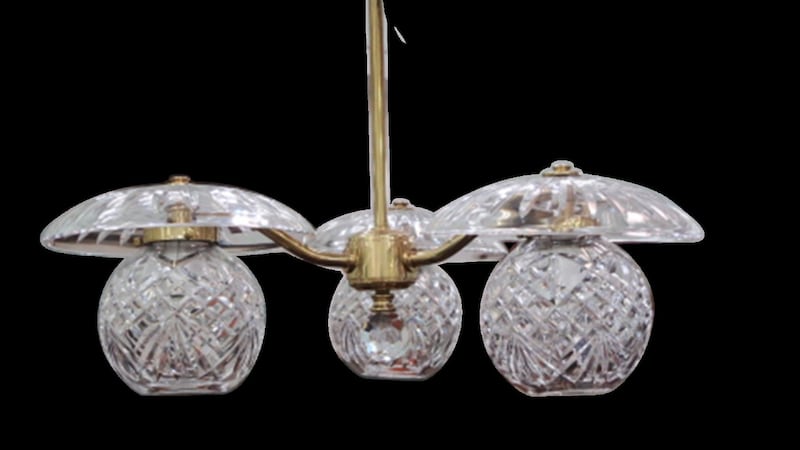
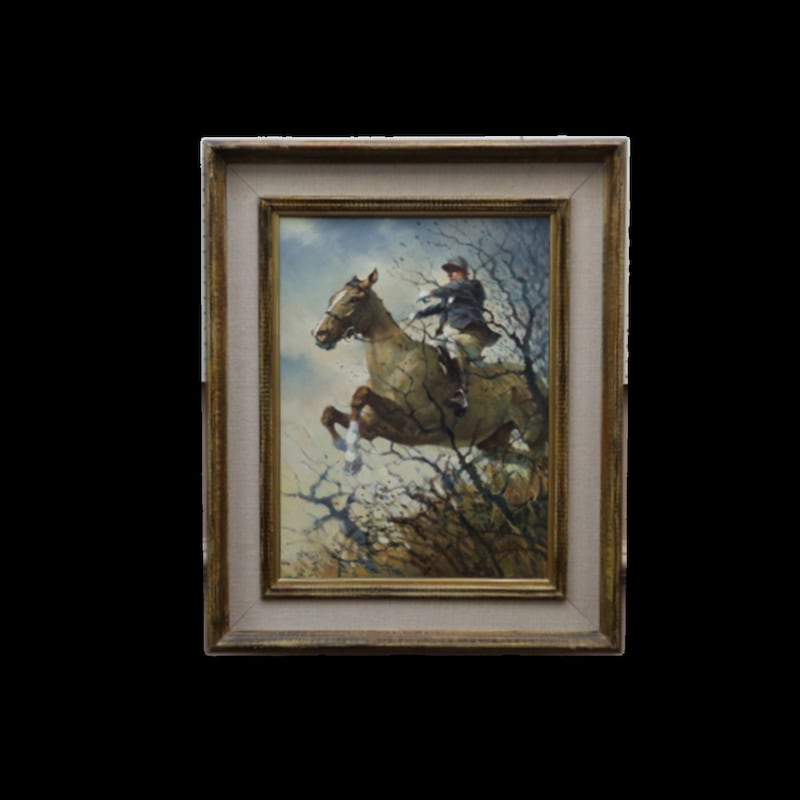
In terms of art, the highlight in the first sale is a hunt scene by Peter Curling. "It will probably fetch somewhere between €3,000-€5,000, but could achieve more as it is a sidestep from Curling's genre – which are normally racing horses." Four further works by Curling, all from a private collection, feature in the sale.
It is worth noting that online photographs, especially for works of art, for the forthcoming sale can appear blurry and cannot be expanded. While this is something the company will have to address, O’Sullivan says he can send better images on request by email for particular lots.
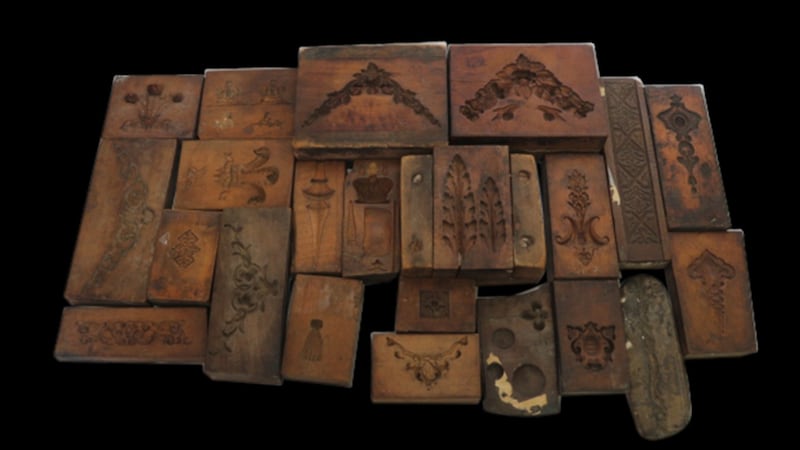
The highlight of the third sale will be a collection of Georgian gesso moulds. These, dating from George I to George III periods, were used to create the detail on mirror frames. The intricate mouldings, including rococo and neoclassical designs, are popular with collectors of Georgian tools. O’Sullivan notes the ball-shaped moulds – used for regency mirrors – as something he hasn’t seen before, so in terms of what price they could achieve “the sky is the limit” as they are so rare.
On reopening the auction house for viewings and in-house sales O’Sullivan says: “It’s hard to know exactly from the framework. We have sought guidance from the regulator, and it looks as if we will be among the tier that can return to work from June 8th. We will operate the social distancing methods we had in the first week of March; whereby viewings and collections are for limited numbers of people in pre-booked slots of twenty minutes.
“As for opening for live in-house auctions, it looks like we will be conducting auctions online until medical advice changes.”











